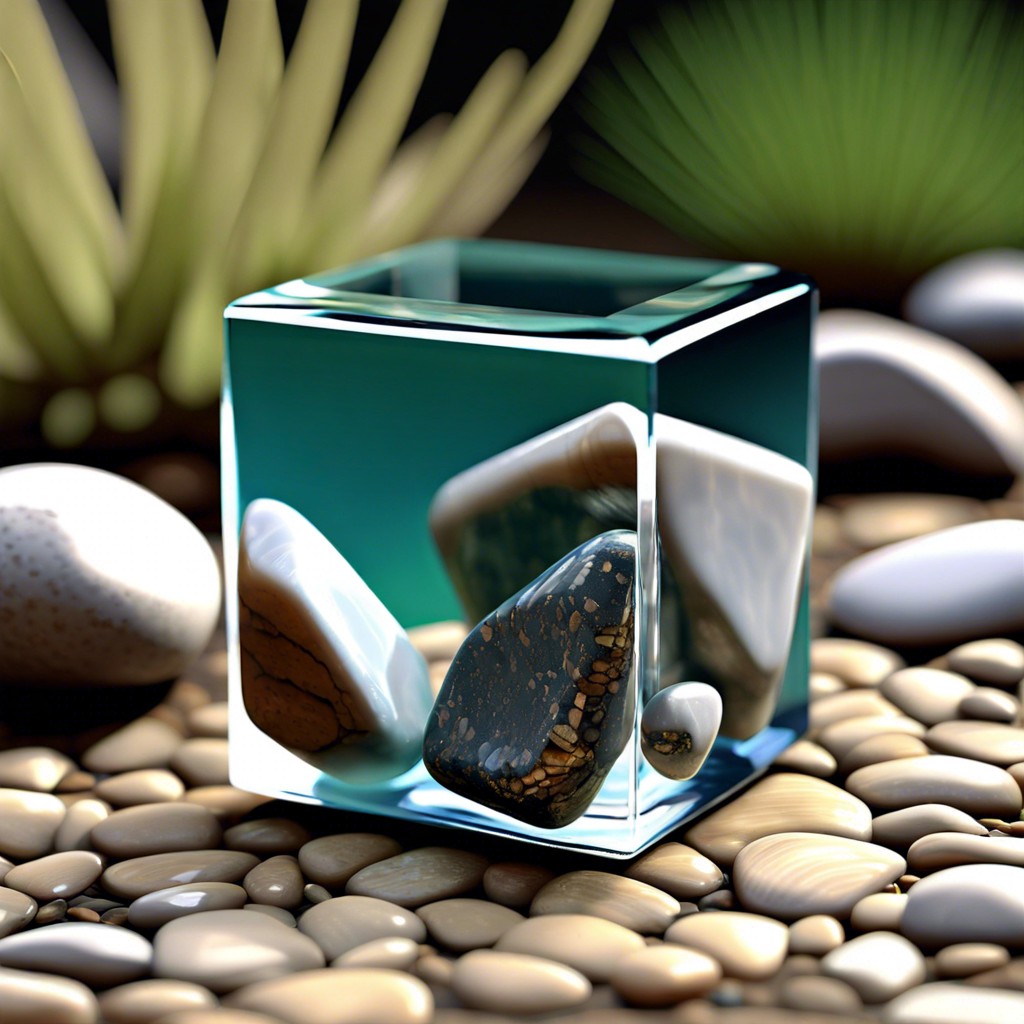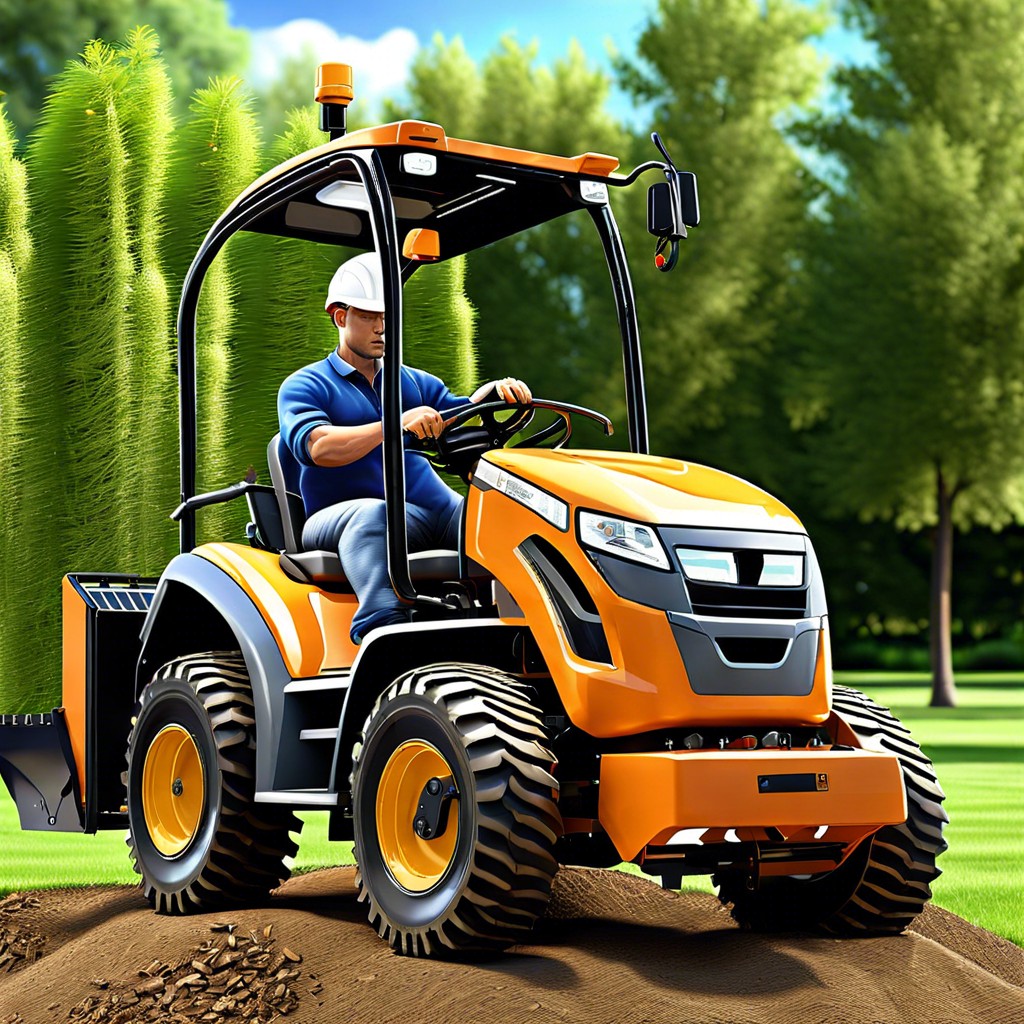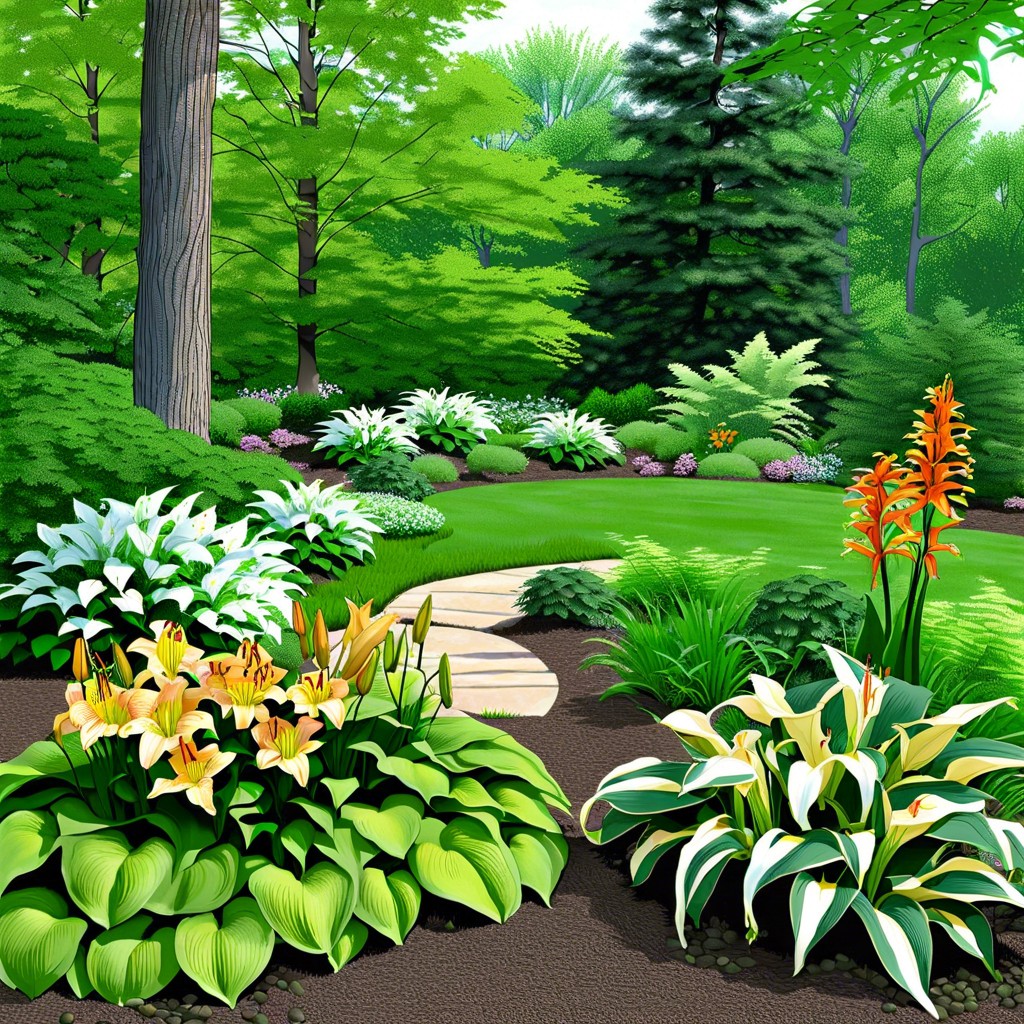Creating a relaxing outdoor space with landscaping can be achieved by incorporating elements such as soft lighting, comfortable seating areas, water features, lush plants and flowers, walkways and pathways, and natural materials.
Creating a relaxing outdoor space is an excellent way to enjoy the outdoors while still having some privacy and comfort. Landscaping can be used to create a tranquil atmosphere, and there are many different ways to use landscaping to achieve this goal.
From choosing the right plants and materials, to incorporating features like water features or seating areas, these tips will help you create a peaceful outdoor space that you can enjoy for years to come.
Choosing Plants

When selecting plants, it is important to consider the climate and soil conditions in your area, as well as the amount of sunlight available. You should think about how much maintenance each plant will require and whether or not it will be able to thrive in your environment.
You may also want to choose plants that are aesthetically pleasing and have calming properties such as lavender or rosemary. Make sure that any trees or shrubs you select are appropriate for the size of your outdoor space so they don’t overwhelm it.
With careful consideration when choosing plants for your landscaping project, you can create a beautiful and tranquil outdoor oasis.
Selecting Furniture
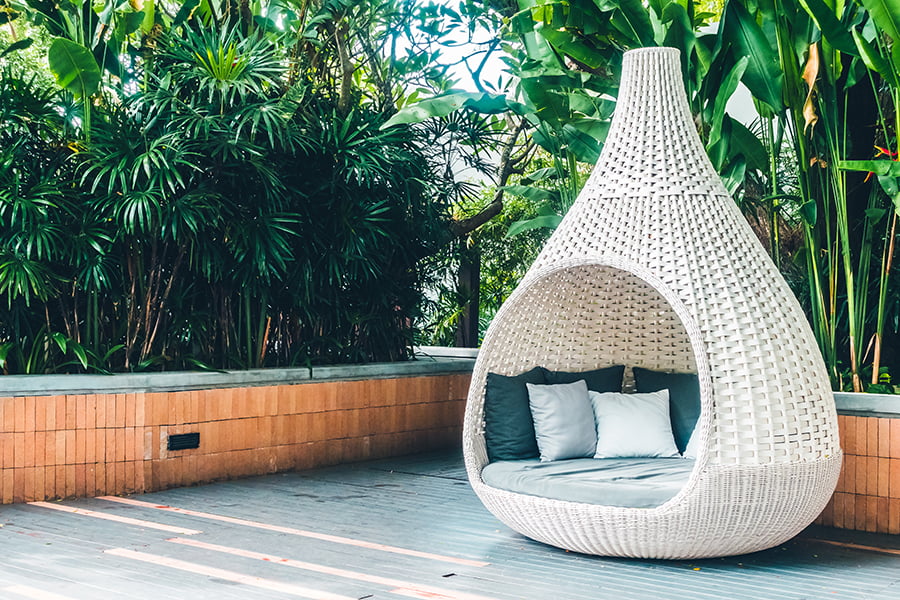
Consider the size of the area you have available and select pieces that fit comfortably within it. Choose materials that are durable and weather-resistant, such as wicker or teak wood.
Look for furniture with cushions or pillows to make your outdoor space more inviting and comfortable. Consider adding an umbrella or shade structure to provide protection from the sun during hot summer days.
Think about incorporating some decorative elements like planters or sculptures to add visual interest to your outdoor space.
Adding Lighting
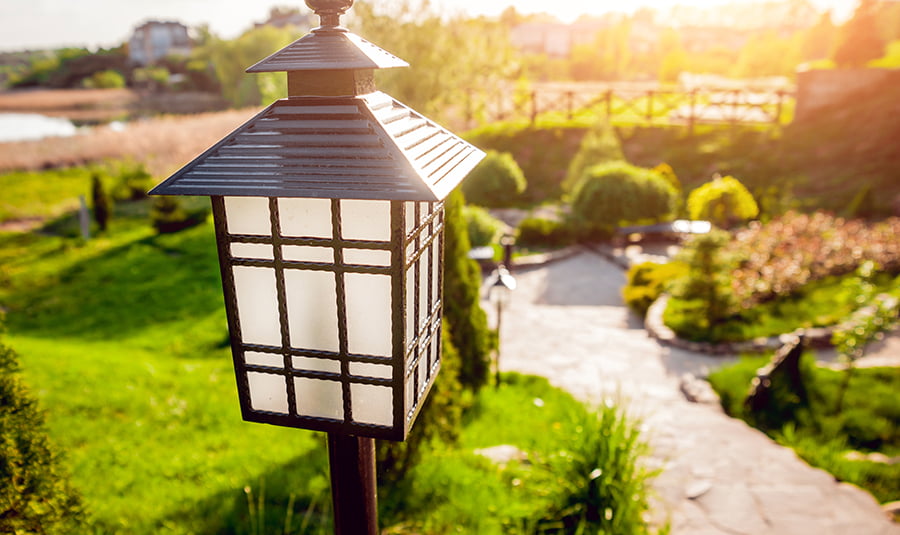
Lighting can be used in various ways, such as up-lighting trees and plants, down-lighting pathways or seating areas, and accent lighting for features like water features or sculptures. Up-lighting is when lights are placed at the base of trees or plants and pointed upwards to highlight their shape and texture.
Down-lighting is when lights are placed above an area such as a pathway or seating area to provide illumination without being too bright. Accent lighting is used to draw attention to specific features like water fountains or sculptures by highlighting them with light from different angles.
All of these types of lighting can be used together in combination with other elements like furniture, planters, and fire pits to create an inviting outdoor space that encourages relaxation.
Incorporating Water Features

Water features can be anything from small fountains and ponds to larger streams and waterfalls. The sound of running or trickling water has been proven to have calming effects, making it the perfect addition for any outdoor space that needs some relaxation.
Incorporating plants around the feature will help bring life and color to the area, further enhancing its peaceful atmosphere.
Creating Pathways and Seating Areas

Pathways provide a designated area for people to walk through the garden, allowing them to take in the beauty of their surroundings without trampling on plants or flowers. Seating areas can be placed along these pathways, providing comfortable spots for people to sit and enjoy the scenery.
These seating areas can be made from natural materials such as stone, wood, or brick that blend in with the landscape and add texture and color. Adding benches or chairs also helps make these spaces more inviting by providing places for people to rest while they admire their garden.
Using Natural Materials for Decoration
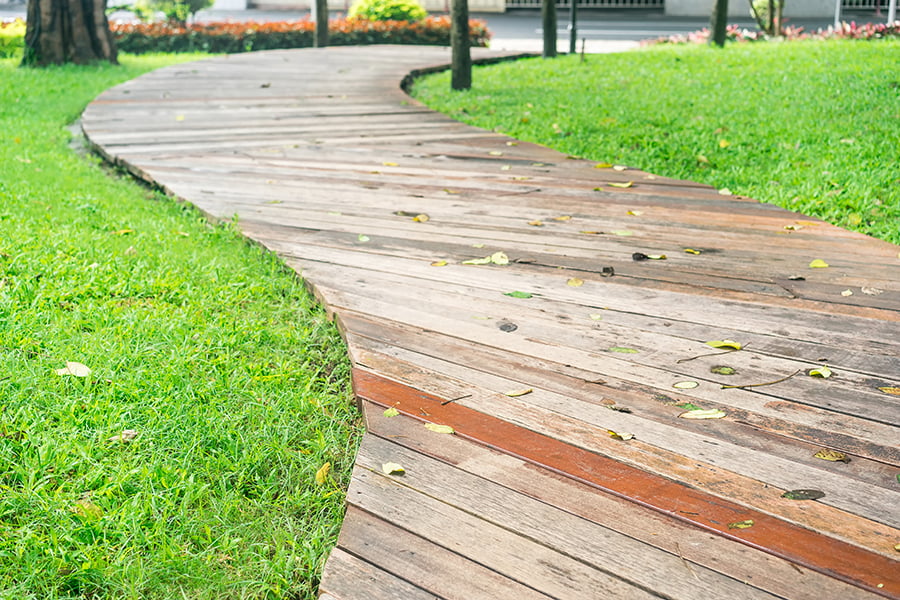
Natural materials such as rocks, stones, wood, and plants can be used to add texture and color to the landscape. Rocks can be used in pathways or as edging around flower beds.
Stones can be used to create walls or steps that lead up to seating areas. Wood can be used for benches, trellises, and other structures that provide shade or privacy.
Plants are essential for creating an inviting atmosphere; they provide beauty and life while also helping with air quality by absorbing carbon dioxide from the air. Plants help reduce noise pollution by acting as sound barriers between your outdoor space and any nearby roads or buildings.
